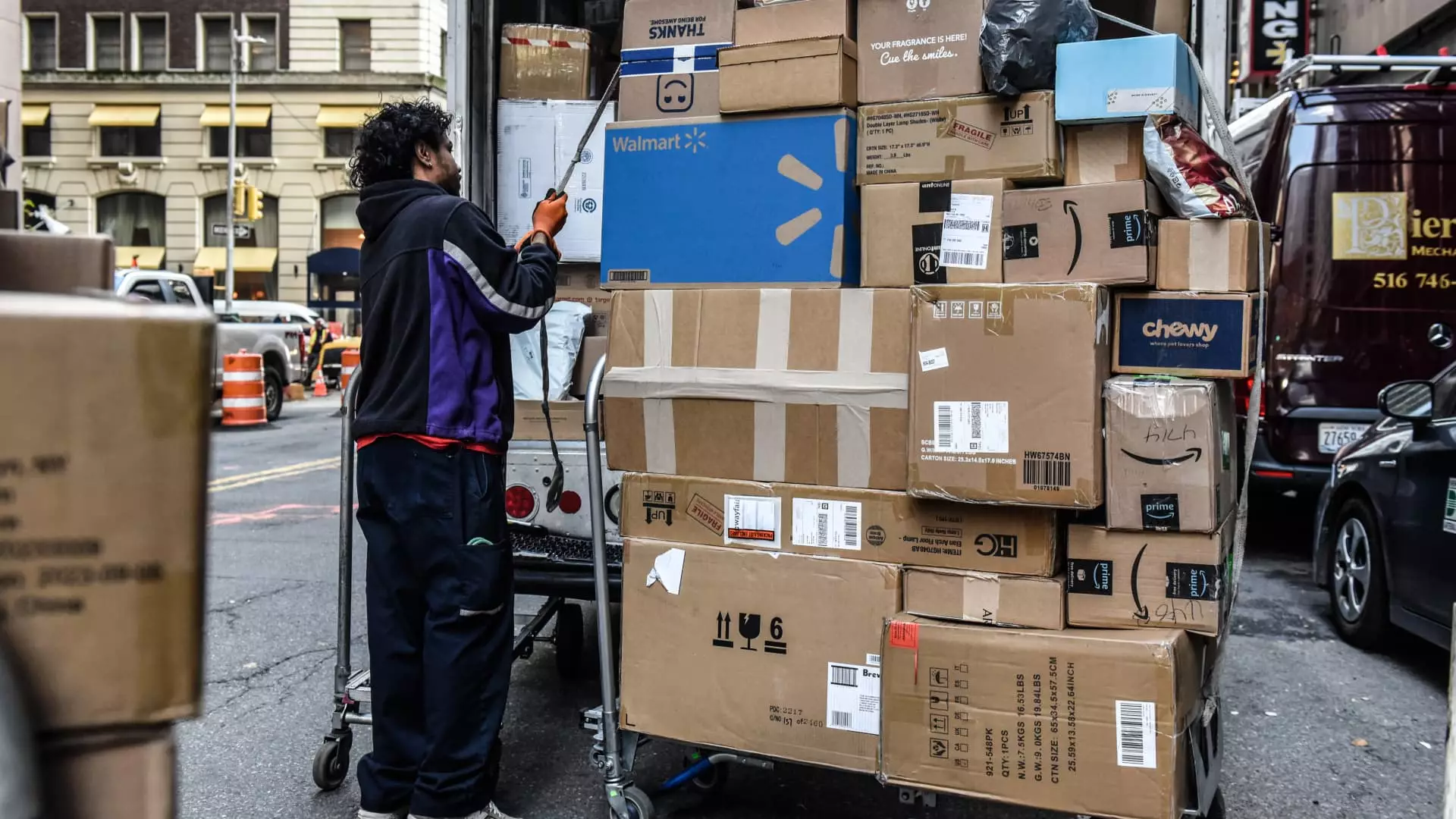The recent decision by President Donald Trump to shut down the de minimis trade loophole highlights a much-needed adjustment in America’s import policies. This loophole has allowed goods valued at less than $800 to enter the United States without incurring duties, creating a thriving market for Chinese e-commerce giants like Temu and Shein. However, the unintended consequences of this policy have stretched the logistics fabric of the nation, causing a tidal wave of low-cost imports that pose significant challenges and risks.
Overwhelmed Infrastructure
The deluge of de minimis shipments has genuinely strained not only the U.S. Customs and Border Protection but also the U.S. Postal Service. Reports indicate that the sheer volume of these packages has led to temporary halts in deliveries from regions like China and Hong Kong. Such operational chaos, stemming from a policy designed to facilitate cross-border trade, raises serious questions about the efficacy of our import frameworks. It’s time to consider whether the de minimis exemption actually serves the American consumer or merely boosts profits for foreign companies.
Counterfeit Concerns
Critics of the de minimis provision argue that it fosters an environment where counterfeit and potentially unsafe goods can flow into the country unchecked. With minimal documentation and lax inspection protocols, the system is a gift to those looking to exploit American consumers. Rising concerns about the safety and authenticity of products should alarm anyone who values quality and integrity. The administration’s fears about this avenue being a conduit for illicit substances, like fentanyl, speaks to the desperate need for reevaluation.
The Shift Towards New Tariffs
Amid these concerns, the introduction of new tariffs, with duties on goods entering under the de minimis clause set to increase significantly, signals a crucial turning point. The initial 30% surcharge, escalating to $50 per item, is a warning shot aimed at the broader implications of these trading practices. Retailers and logistics companies are being given time to adapt, but this merely masks a larger issue: the imbalance created by an unregulated influx of goods that undermines domestic industries.
Retrofitting the Supply Chain
As e-commerce platforms scramble to establish their presence in the U.S. market through distribution centers and local warehouses, one cannot help but question the long-term sustainability of this approach. Companies like Shein, with their ambitious expansion strategies, risk further entrenching a system that prioritizes speed and cost over quality and safety. The ongoing race to deliver lower prices can only continue to jeopardize American businesses that adhere to stricter regulations and quality control.
While the intent behind the de minimis loophole was to foster trade efficiencies, the reality has exposed a myriad of risks that jeopardize consumer safety and national economic stability. It’s time for policymakers to engage in a serious discussion about how best to reform our trade policies to safeguard American interests while still embracing the benefits of global commerce. The world has changed, and a robust reassessment of outdated frameworks is not just necessary—it’s imperative.

